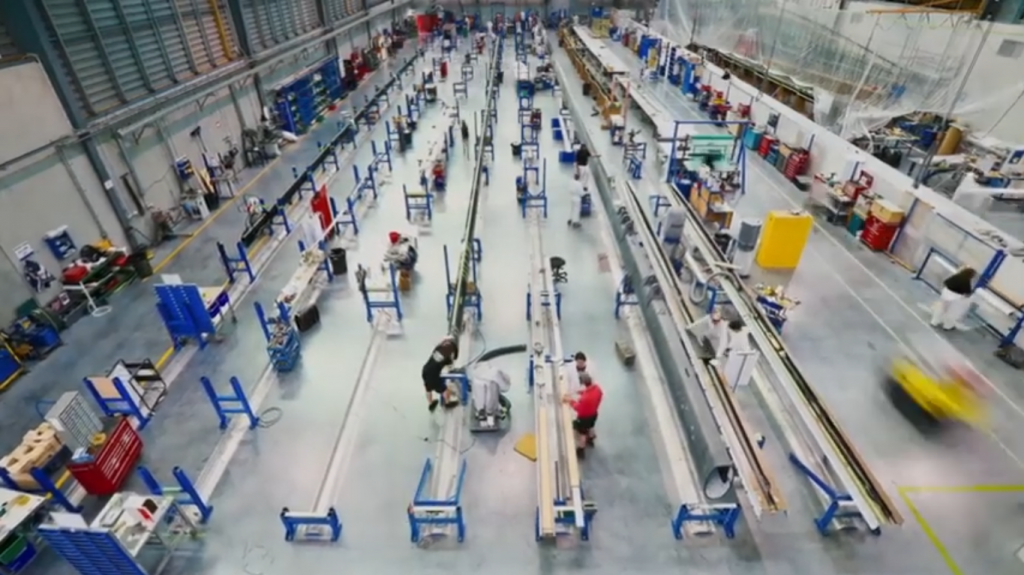New Zealand is currently under the leadership of a coalition Government with a staunch focus on wellbeing, and business and industry need to understand how this focus changes the way they should assess their bottom line and their general contribution to the domestic economy

Treasury’s Living Standards Framework (LSF) encompasses the ‘four capitals’ – natural, human, social, and financial/physical – which affect our wellbeing as a nation and as a citizenry. All four capitals are meaningful for companies as financial entities, users of resources and employers of people – so how should we understand the vanguard role New Zealand’s traditional industries, such as the metals sector, can play in driving up the diverse indicators of wellbeing?
Get measuring
The New Zealand metals industry was the first sector to measure itself against the LSF, and the very act of self-examination is beneficial to an industry and its member companies, because of how it forces operators to analyse how they work in a larger economic, social and environmental framework. In particular, if you are working or hoping to work with the public sector, it is critical to acknowledge the different measures of success that are now being applied. Treasury’s approach is not a simple one, and we found we couldn’t measure everything – but we don’t ignore what we can’t measure, and we now look at how our sector can make things better for people, the environment and the economy.
Make your own definitions
Our view is that the LSF does not have to be taken as rote – areas such as social capital are not yet sharply defined for a New Zealand context, and companies and sectors need to define the terms of wellbeing for themselves. The key is to talk about the language of wellbeing when examining your own model and function. How does it relate to income and employment, the environment (from resource depletion to waste and climate change), and social inclusion (diversity in a given sector, unconscious bias, and invisible barriers to entry)? Meaningful change is not likely to come from start-ups but from transformation of traditional industries such as manufacturing, dairy and construction. We are in a position to ask consumers to challenge us on moving the value chain towards the four capitals, and we should take advantage of that.
Consider international prosperity indicators
On the first podcast in HERA’s Stirring the Pot podcast series, the globally renowned industrial transformationalist Goran Roos noted that the countries which are doing well in prosperity normally correlate with a high share of relative performance in manufacturing. This means we know, at least in general comparative terms, how the New Zealand metals industry should be performing against the same industry in other developed nations. Roos also pointed out that in developed, more sophisticated economies, manufacturing includes complementary services. In less sophisticated, low-developed countries, tourism and raw material expost was more characteristic. This is a signal to manufacturing in New Zealand that the way forward is with a more integrated, complex approach to manufacturing which can contribute substantially to wellbeing and long-term prosperity.
Procurement is a contest
The time will come, and soon, when companies participating in a Government procurement process will be judged in part on their ability to meet the four capitals measure. Will they be able to demonstrate their strength in each metric, and show how that strength will translate to return on taxpayer investment and contribute to wellbeing in New Zealand? If not, they risk being passed over for a provider who can.
Look at where growth is generated
The metals industry currently contributes around 1% of New Zealand GDP. While timber contributes more to GDP, metals manufacturing employs 30% more people than wood and paper manufacturing combined. Though start-ups get a lot of attention and the bulk of venture capital and R&D funding, it remains the low-tech and medium-tech industries which are contributing the most economic growth. This means these industries have the capacity and opportunity to lead from the front on wellbeing. We can show that business does have a part to play in the LSF targets, and we can measure success by much more than the dollar. We must start talking about the bottom line as a broader concept, because business as usual is no longer going to see us through.
![]()
The days of patch protection are over
If the manufacturing sector as a whole will thrive by being more integrated with services, so too do companies and industries have to collaborate on the wellbeing mission. We are all in this together, and the example of the metals industry not being stuck in its existing practice but willing to challenge practices along the lines of the forward-thinking LSF should be instructive to others. We want to raise our own social capital and continue to invest in the areas where we know we add value – for instance, our industry is important in enabling new technologies for growth.
Champion the positive examples
Every industry has its stand-out players, and these can serve as a benchmark and roadmaps for the up-and-comers. NZ Steel is a strong case study in the local metals sector; based in the rural southern part of the Auckland region, it is a major employer in the area – it directly employs 1,200 FTEs and supports many more jobs indirectly – and a significant contributor to higher living standards for New Zealanders because of its broad contributions through manufacturing and employment. It currently trains 40+ young Kiwis in its apprentice and graduate programmes to develop skills for heavy and light industry. NZ Steel is also a responsible user of resources, recycling 98% of the water it uses daily. With the trend in all branches of business moving towards verifiably responsible stewardship in the management of people and the environment, only companies like NZ Steel will be able to rise to the top and stay there.
Dr Troy Coyle, HERA’s CEO, brings 19 years’ experience in innovation management covering the private sector, not-for-profits, government and academia across a range of industries including materials science, medical radiation physics, biotechnology, sustainable building products, renewable energy and steel. She is a scientist with a PhD from the University of New South Wales with training in journalism and communications.
Dr Ganesh Nana is Chief Economist at BERL, which he joined full-time in 1998. He has over 30 years of experience in the field of economics, including business consulting, conference presentations, research, tutoring and lecturing in New Zealand and the UK.




